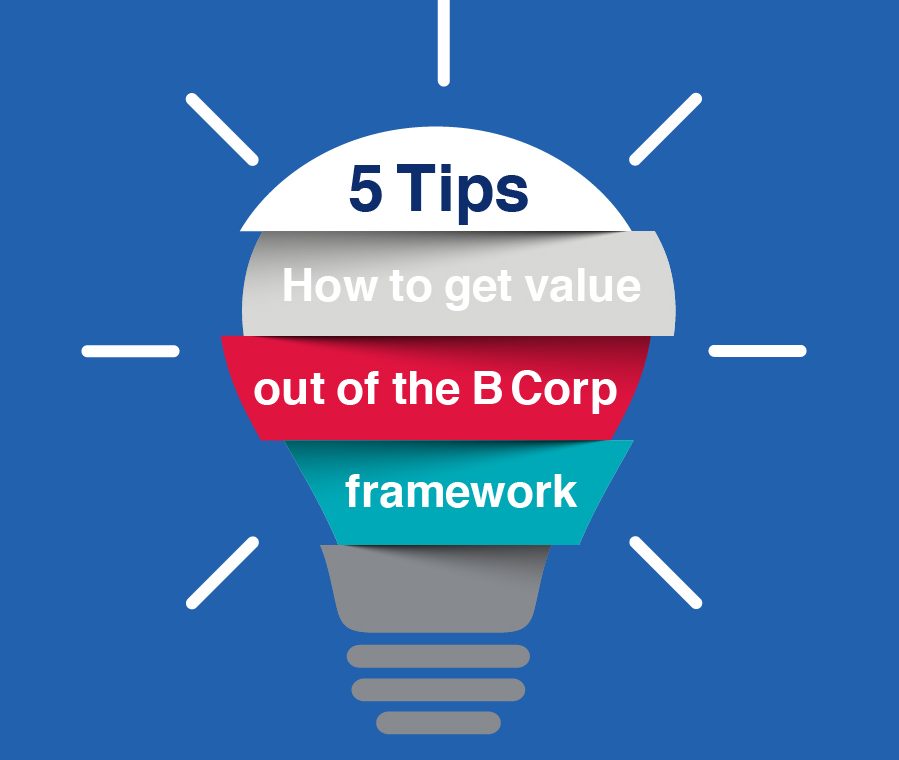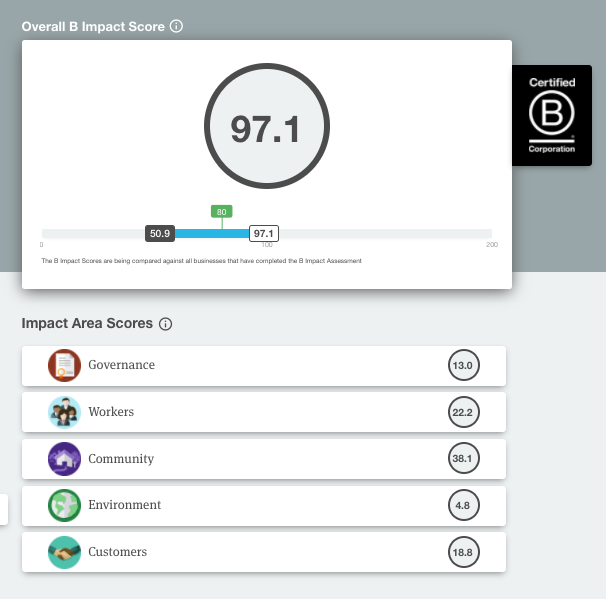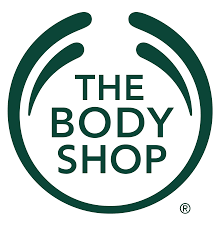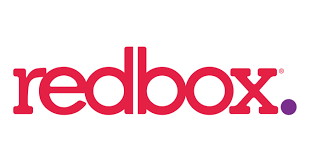5 Top Tips for Getting Value from the B Corp Framework

Whatever your reasons for taking the test, be clear on what your ambition is and then dive in. And you have to go hard at it because it is extensive – about 200 questions or more. I liken it to eating a full English breakfast with a hangover.
Transparency is key – because when corporate activities are openly acknowledged, action follows. So as a Certified B Corporation, you have to be willing to share your scores in the various topic areas on the B Corp website. And in years between certifications, you must publish an impact report.
Being accountable to stakeholders is fundamental for ensuring that businesses are not only run for the benefit of shareholders. Hence the need for Certified B Corporations to adopt revised articles of association that lock in a mission to do material good in the world and to consider all stakeholders when making decisions. The theory of change tells us that placing the requirement to be accountable to stakeholders front of mind will drive different behaviours.

For others environmental performance is key. When we supported The Body Shop with their certification, being able to evidence their commitment to fair trade through their supply chain meant they invested significantly in gathering evidence for those questions. There are no negative points; zero is the lowest you can score on any answer so choose where you focus your efforts.

When we worked with Redbox on their certification, the office supplies company, all the staff bought into the process and people from every division – HR, marketing, sales, procurement – helped gather the data needed to evidence the points they were claiming because they were so enthusiastic at the prospect of certifying.

B Corp?
